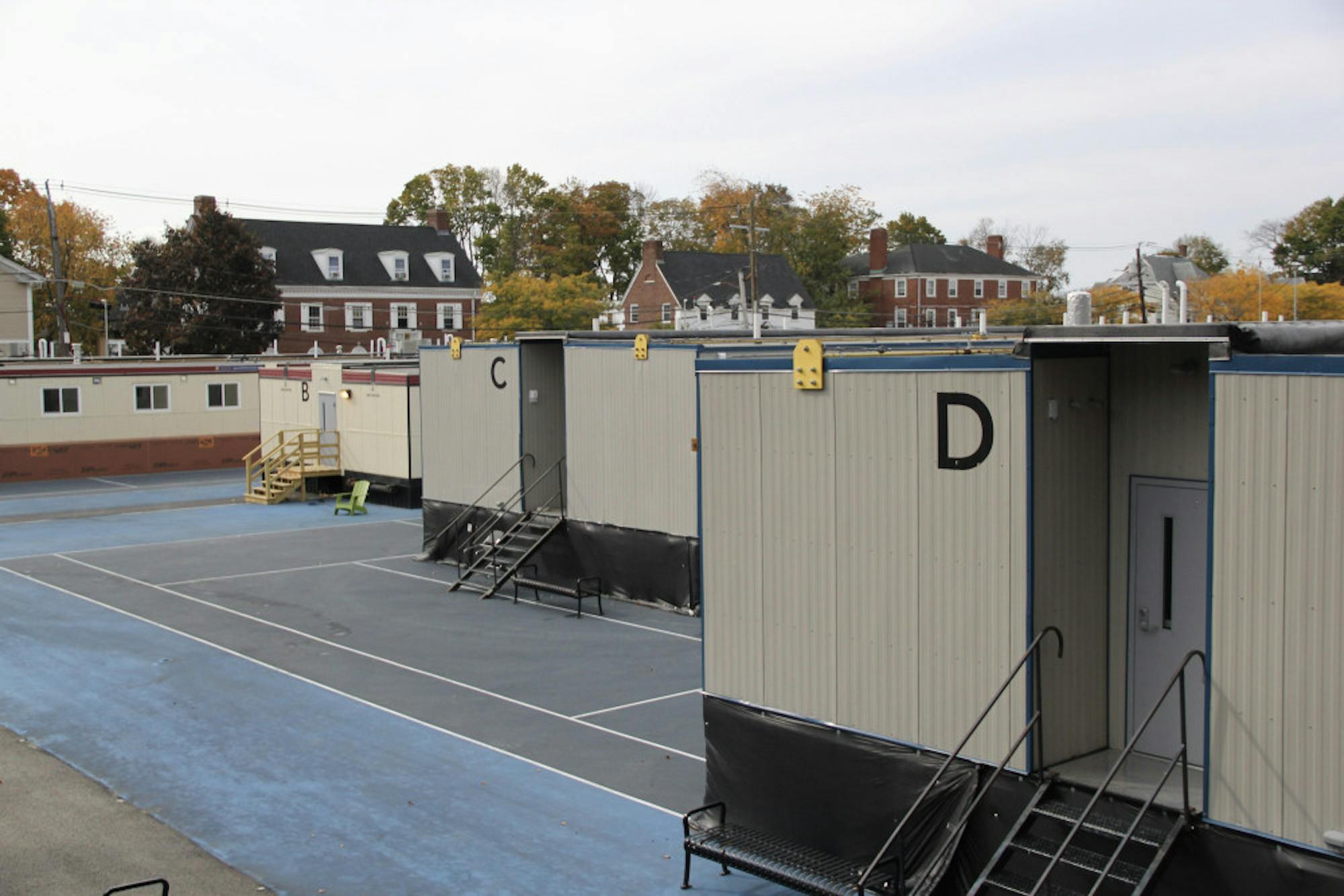Tufts updated its quarantine duration protocol, announcing in a Nov. 30 email that students, faculty and staff in quarantine due to close contact with individuals with COVID-19 can be released after Day 10 of quarantine instead of Day 14, as long as they tested negative on or after Day 8 of quarantine and have no symptoms.
This quarantine rule update came after the Massachusetts Department of Public Health revised its quarantine duration guidelines on Nov. 17.
“The possible incubation period for COVID-19 is still 14 days although the majority of cases have incubation periods of fewer than 10 days,” the Department of Public Health’s website says.
Michael Jordan, university infection control health director, said that Tufts can adopt these updated protocols due to its rigorous testing program.
“We are able to adapt these new guidelines because we have molecular PCR testing available. If we did not the duration of quarantine [would have to remain] 14 days,” Jordan wrote in an email to the Daily.
Jordan added that those who leave quarantine prior to the end of the full 14-day period must continue monitoring symptoms through the end of the 14 days, but that evidence suggests leaving quarantine earlier is safe.
“It is unlikely for an individual who was a close contact of someone with COVID-19 to have a positive PCR test after day 10,” Jordan said.
After leaving quarantine, individuals must continue with routine surveillance testing and complete the daily symptom screening.
Despite this change in quarantine protocol, Jordan said that Tufts’ guidelines and its COVID-19 response continue to be strict.
“It is important to note that our protocols at Tufts [remain] very stringent: we test all students identified as being close contacts immediately,” Jordan said.
Jordan also clarified that the revised protocol only applies to students in quarantine, not in isolation. Quarantined individuals are those who have been in close contact with someone who tested positive, but have not tested positive themselves.
“Students in isolation must remain in isolation for at least 10 days or longer depending on symptoms,” Jordan said.
As established at the beginning of the fall semester, students in isolation are housed in The Mods, which, according to Marie Caggiano, medical director of Health Service, have 222 rooms.
“[W]e also use these spaces to provide housing to individuals experiencing symptoms who are waiting for the results of COVID-19 testing,” Caggiano wrote in an email to the Daily.
Since the Nov. 17 update, the Department of Public Health has revised its guidance further, announcing on Dec. 7 that individuals in quarantine after being exposed to someone who has tested positive may be released after 10 days of quarantine without a negative test if they have not experienced any symptoms. They must continue monitoring possible symptoms through the end of the 14th day after exposure.
"In concert with updated quarantine recommendations issued last week by the US Centers for Disease Control and Prevention (CDC), Massachusetts residents who are required to quarantine after being exposed to COVID-19 no longer have to remain home for a full 14 days if they test negative by the seventh day of strict quarantine – or if they remain symptom-free after Day 10, even without having a COVID-19 test," Ann Scales, director of media relations for the Department of Public Health, wrote in a Dec. 7press release.
Tufts has not announced a further update to its quarantine duration protocol since the Department of Public Health’s latest revision, but Caggiano said that in general, any changes to the frequency of surveillance testing will be based on evidence and the Tufts community will be alerted of any updates.
“The frequency of testing will be data driven. We will communicate to the Tufts community in advance of any change in testing frequency,” Caggiano said.






